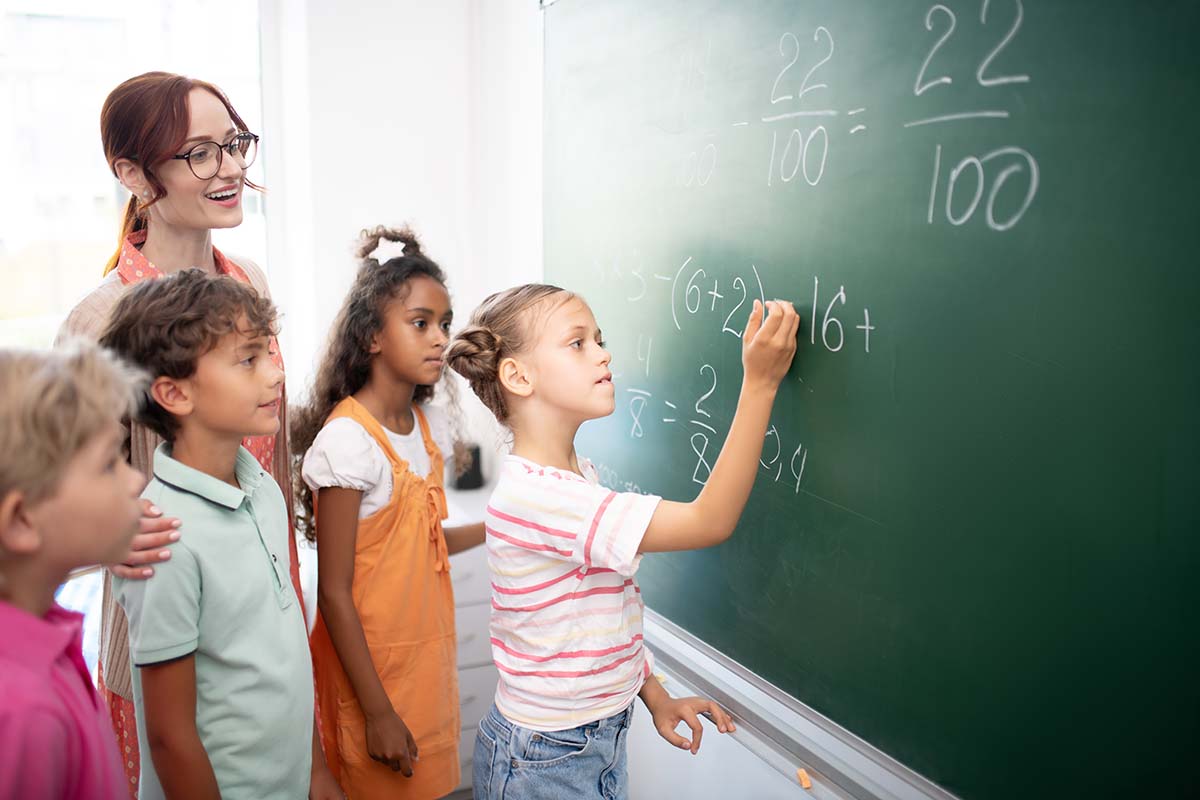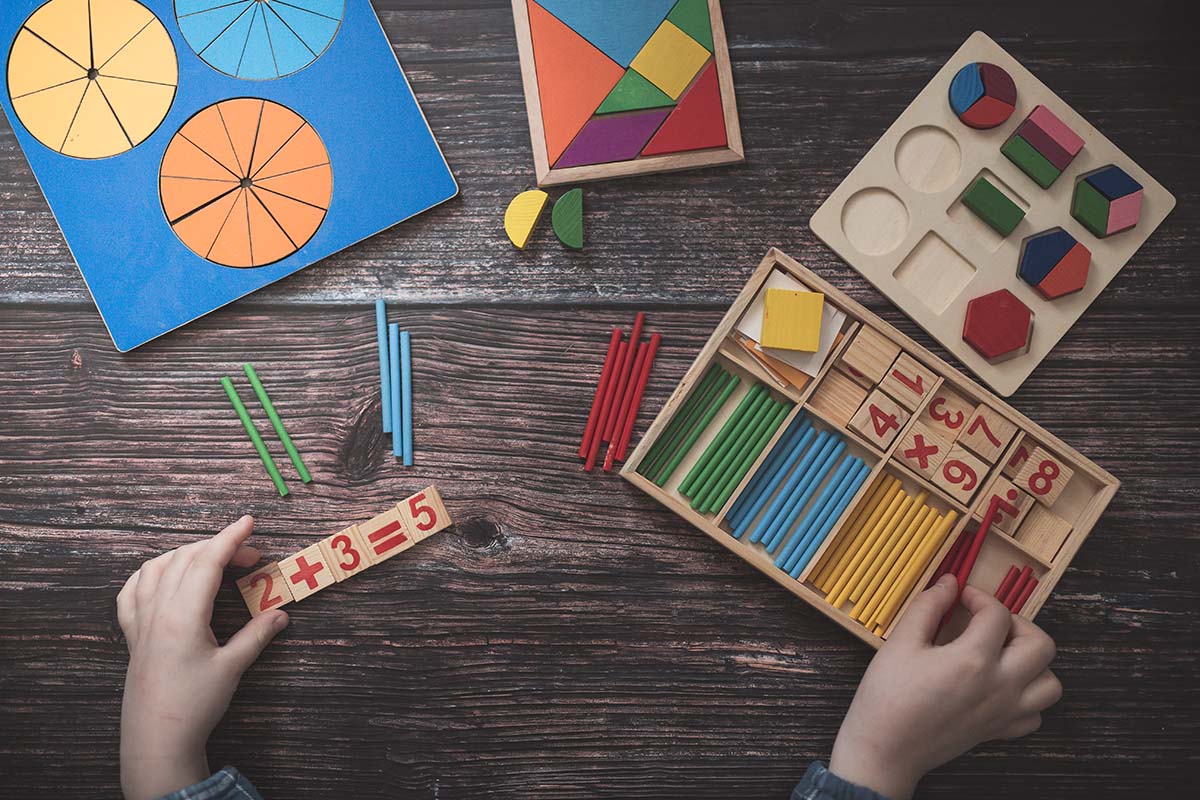
Going from 3rd to 4th grade can be a big leap forward for many kids. The pace of learning is faster and when it comes to fourth-grade math, problems are bigger, more complicated. Students start focusing on understanding what problems are asking for and what skills they can use to solve them. There is less focus on using physical objects to represent math concepts and more focus on visual and abstract thinking. Spark Math by Spark Education is here to help you prepare with the top 3 math concepts 4th grade kids should know.
1. Complex Word Problems
In 4th grade Math is more than just solving equations. 4th graders learn why and how math works. Math word problems are important in taking math understanding to the next level because students are required to use reading and comprehension before applying math skills they’ve learned to solve them. Word problems also teach children how math applies to real-world situations, for example time, money, and measurement of volume and length. Connecting the dots between math concepts and everyday life helps reinforce math concepts.
Using addition, subtraction, multiplication, and division all at once
Word problems in the 4th grade start using multiple math skills in the same question. Questions may ask students to use a mix of addition, subtraction, multiplication, and division to solve a question. Learning how to decide what skills are needed, and the order to use them is important in taking the next step in problem solving. Mixed word problems requiring different math concepts help kids develop important logic and critical thinking skills needed to work with more complex equations.

2. Fractions
In 3rd grade “like fractions” are introduced. These are fractions with the same denominator. When working with fractions, sharing denominators makes equations easier for students to work with. In forth grade students start learning about fractions which have different denominators, known as “unlike fractions”. Learning to work with unlike fractions is key to being able to do more advanced equations with fractions.
Working with unlike fractions
In order to work with unlike fractions, students have to learn about equivalencies. Making fractions equivalent to each other means finding a way for both fractions to have the same denominator. Learning that numbers can be broken down is important especially for advanced STEM courses. Both advanced math and science courses focus on skill that include fractional numbers (both fractions and decimals), not just whole numbers.
Adding and subtracting mixed fractions
Once students learn about unlike fractions and equivalencies, they can start using fractions in equations. Adding and subtracting like fractions is pretty straightforward, adding the numerator, and keeping the denominator. Working with mixed fractions starts with finding the equivalencies, then solving the problem as normal. This means using skills outside of addition and subtraction, like multiplication or division, to make answering the problem possible. This is the first major step in learning how to problem solve using multiple steps.

3. Geometry
3rd grade is when kids start pulling out the protractors to work on angles and measuring data. Graphing and plotting are skills first developed in 4th grade. Understanding how to plot points on a graph is an important skill for understanding numbers in a deeper and more fleshed out way. Students connect points on a graph to create visual representations to explain how information can be used to create new things. These points can be used to create shapes to help understand size, area, and symmetry.
Just like students use different concepts in word problems to find an answer, in geometry they learn the different parts of what makes a shape. When thinking about building and creating simple shapes it can be broken down into 2 things, lines and angles. The first angle students learn is the right angle or 90-degree angle. Just like a square has 4 equal lines, they also have 4 right angles. This is the foundation that will help students understand more complex math used in engineering and even calculus.
Master 4th Grade Math with Spark!
From kindergarten to 3rd grade, students learn the fundamentals of math. In 4th grade, those concepts start working together to solve more complex problems. When all the pieces of math knowledge come together, real complex problem solving can start. 4th grade is the beginning of building problem solvers that are ready for the exciting challenges of 5th grade and beyond.
Want to know more about math concepts? Check out our series on math concepts below:
Kindergarten – First Grade – Second Grade – Third Grade – Fourth Grade – Fifth Grade




